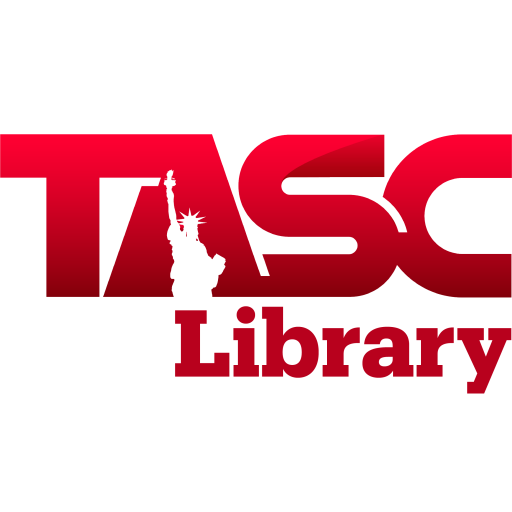A Myth of Terror: Armenian Extremism
By Erich Feigl
Erich Feigl, a documentary filmmaker, decided to write A Myth of Terror: Armenian Extremism, Its Causes and Its Historical Context when he lost a close friend to Armenian terrorism. His friend Erdogan Ozen, to whom this book is dedicated, was killed by a bomb planted in his car on June 20, 1984. He was the labor and social affairs attaché for the Turkish Embassy in Vienna.
In his personal foreword, Feigl talks about an interesting encounter he’s had during his research for the book. The conversation between Feigl and Dr. Libaridian demonstrates perfectly how certain scholars will ultimately give in to fabrications to suit their advantage.
“…The Armenian view of history is for the most part shared by the public at large. That is no surprise, and it should not be taken as a reproach. Virtually all the information that we have concerning the tragic events of 1915 comes from Armenian sources or from others who know nothing – or at least pretend to know nothing – about the much greater suffering endured by the Moslems at the time. The available information also presents a very incomplete, one-sided view of the events leading up to the tragedy of 1915.
…I did, of course, also meet other people in the course of my research work. I especially recall Dr. Gerard Libaridian, the head of the Armenian Zorian Institute. I spent several hours with Dr. Libaridian in his office in Cambridge, Massachusetts and had an extremely interesting conversation with him. Dr. Libaridian is a brilliant man, bubbling with vitality, knowledge, talent, and self-confidence. One could write a very compelling play based on my conversation with him.
I kept notes of my host’s most provocative statements in this fascinating discussion. Several times he mentioned the so-called “Andonian papers”. In the early twenties, an Armenian by the name of Aram Andonian published a “collection of documents” (actually they were photographs of “documents”), which he presented as “proof” that the Ottoman government had planned the extermination of the Armenian people. Basically, these “documents” consisted of “orders” that could certainly be compared to the insane acts of a Hitler or Himmler.
Franz Werfel based his splendid novel, The Forty Days of Musa Dagh, entirely on these “extermination orders” of the Ottoman government. Of course, he originally did this in good faith, and when he found out that he had been taken in by a forgery, it was too late. Out of fear of Armenian reprisals, he did not even dare to publicly acknowledge his error.
Since it seemed reasonable to assume that Dr. Libaridian knew that the papers were forgeries, I did not want to waste a single word on the subject. There were so many other, more interesting things to talk about. But remarkably enough, he stuck with Aram Andonian’s book, and its “documents”. Finally I had to say, “But Doctor Libaridian, you know as well as I that these ‘Andonian papers’ are forgeries!” I will never forget Dr. Libaridian answer or his facial expression as he replied simply and briefly to my reproach:
“And?”
… and I will never forget that answer. It was not even cold; it was casual, matter-of-fact reply to one who has long since found other strategies but does not even bother to clean house, since he knows that the old dirt can be swept under the rug of history and – who knows? – maybe someday it will come in handy again to help obscure the truth.
It is a very tiny minority of Armenians who promote terrorism and misuse the idealistic, impressionable young people for their own irrational motives and objectives. The ironic tragedy of it all is that the people pulling the strings are themselves hanging from the strings of powerful puppet-masters. Or to use another analogy, they are nothing more than ridiculous little chess pieces in the game of superpowers, who sacrifice their Armenian pawn whenever it seems to suit their game-plan.”

